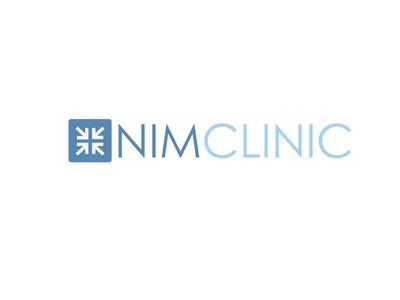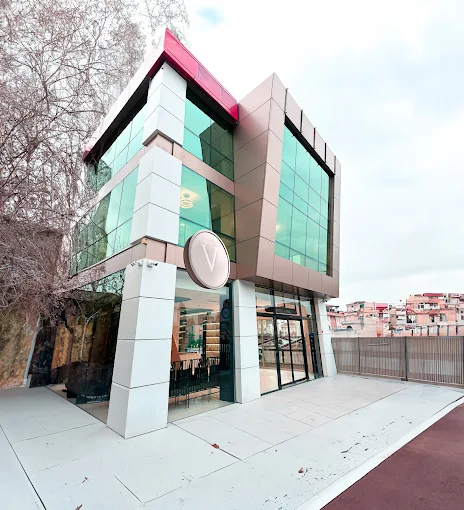Post-Op Care
What Is Post-Op Care?
Post-operative care (post-op care) refers to the essential steps, guidelines, and follow-up practices that patients must follow after a hair transplant procedure. While the surgery itself is important, how you care for your scalp in the days and weeks that follow plays a major role in graft survival, healing speed, and overall success.
Proper post-op care helps reduce the risk of infection, graft loss, scarring, or unnatural results, and maximizes your investment in long-term hair restoration.
What It Includes
- Immediate Aftercare (first 24–72 hours):
- Avoid touching, scratching, or washing the transplant area
- Use prescribed saline sprays or post-op mists to keep the area hydrated
- Sleep with your head elevated to reduce swelling
- Hair Washing Routine (typically starts on Day 3–5):
- Gently wash the donor and recipient areas as instructed by your clinic
- Avoid direct water pressure and use soft dabbing motions
- Use only recommended shampoos or foams
- Swelling and Itching Management:
- Cold compresses may be applied to the forehead (not the graft area)
- Anti-inflammatory medication or antihistamines may be recommended
- Activity Restrictions:
- No heavy exercise, sweating, or swimming for 10–14 days
- Avoid sun exposure, helmets, or hats that rub the scalp
- Follow-Up Visits:
- Scheduled check-ins to monitor healing, remove scabs, or apply additional therapies (like PRP or LLLT)
Why It Matters
- Prevents infection and complications
- Promotes healthy graft survival and regrowth
- Reduces swelling, redness, and discomfort
- Ensures natural-looking, long-lasting results
- Helps identify early signs of any issues
Tips for a Smooth Recovery
- Stick to your clinic's instructions — even if you feel fine
- Don’t pick or scratch scabs or crusts — they’ll fall off naturally
- Stay hydrated and eat well to support healing
- Be patient — shedding is normal before new growth begins
Questions to Ask Your Clinic
- What does your aftercare kit include, and how should I use it?
- When can I resume regular shampooing and exercise?
- What should I do if I notice redness, pus, or persistent pain?
Disclaimer
This article is for informational purposes only and does not constitute medical advice. Always follow your clinic’s personalized post-op care instructions and consult your surgeon with any concerns.
Establishments that offer this service:
Accommodation
Beard Transplant
DHI (Direct Hair Implantation)
Female Hair Transplant
Free online consultation

Accommodation
Afro Hair Transplant
Anesthesia
Beard to Scalp Hair Transplant
Beard Transplant

Accommodation
Anesthesia
Beard Transplant
DHI (Direct Hair Implantation)
Eyebrow Transplant

Accommodation
Afro Hair Transplant
Anesthesia
Beard Transplant
Body Hair Transplant

Accommodation
Anesthesia
Beard Transplant
DHI (Direct Hair Implantation)
Female Hair Transplant

Accommodation
Afro Hair Transplant
Beard Transplant
DHI (Direct Hair Implantation)
Eyebrow Transplant

Accommodation
Beard Transplant
DHI (Direct Hair Implantation)
Choi DHI
Eyebrow Transplant
.png)
Afro Hair Transplant
Autologous Stem Cell Therapy
Beard Transplant
Exosome Therapy
Choi DHI
.png)
Accommodation
Anesthesia
Beard Transplant
DHI (Direct Hair Implantation)
Female Hair Transplant

Accommodation
Beard Transplant
DHI (Direct Hair Implantation)
Female Hair Transplant
Free online consultation

Accommodation
Afro Hair Transplant
Beard Transplant
DHI (Direct Hair Implantation)
Eyebrow Transplant

Accommodation
Afro Hair Transplant
Anesthesia
Beard Transplant
DHI (Direct Hair Implantation)

Beard Transplant
Mesotherapy
Moustache Transplant
Post-Op Care
.png)
Beard Transplant
Body Hair Transplant
Eyebrow Transplant
Free online consultation
FUE (Follicular Unit Extraction)
.png)
